Ventilating Your Swansea Property to Prevent Condensation
Condensation occurs when moist air comes into contact with air, or a surface, which is at a lower temperature. Air contains water vapour in varying quantities; its capacity to do so is related to its temperature – warm air holds more moisture than cold air. When moist air comes into contact with a colder surface, the air condenses some of its moisture onto that surface.
The air in our homes contains water vapour from cooking, washing, drying clothes and other activities. During cold weather this warm, moist air travels to cooler parts of our homes. The excess water vapour in the air then deposits on cold, impermeable surfaces such as windows and, in some cases, walls. This is called condensation. Condensation can also occur in less visible places like behind furniture, blocked-in fireplaces and underneath laminate flooring.
CAUSES OF CONDENSATION
In order to make homes more energy efficient, they have been fitted with insulation and made air-tight with double glazing. This means that the moist air generated by everyday activities (as detailed above) are unable to escape which leads to condensation. The conditions that determine condensation are as follows:
- The level of moisture in the air
- The temperature of the air in your home
- The surface temperature of the windows & walls and other surfaces
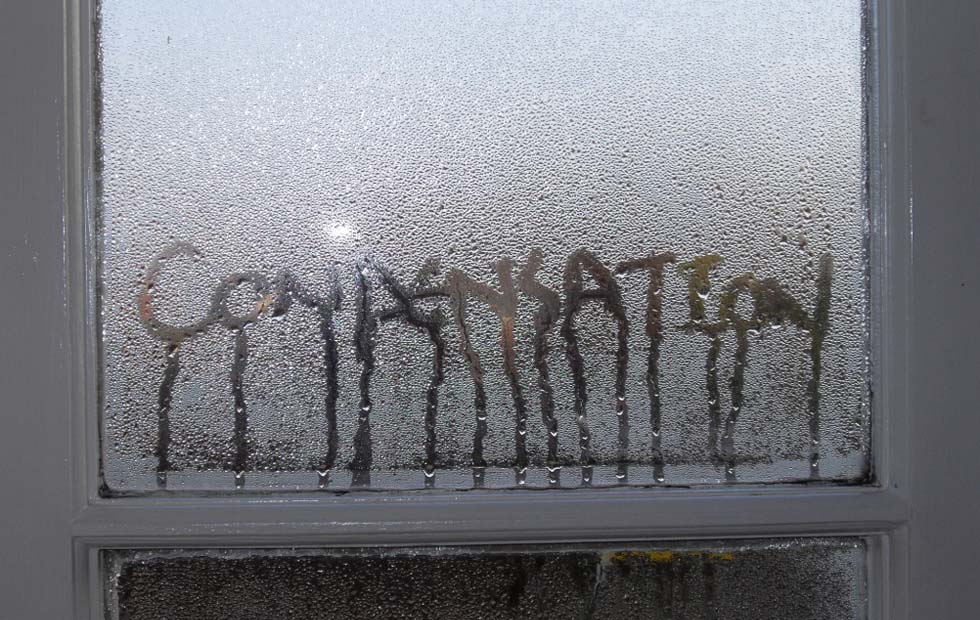
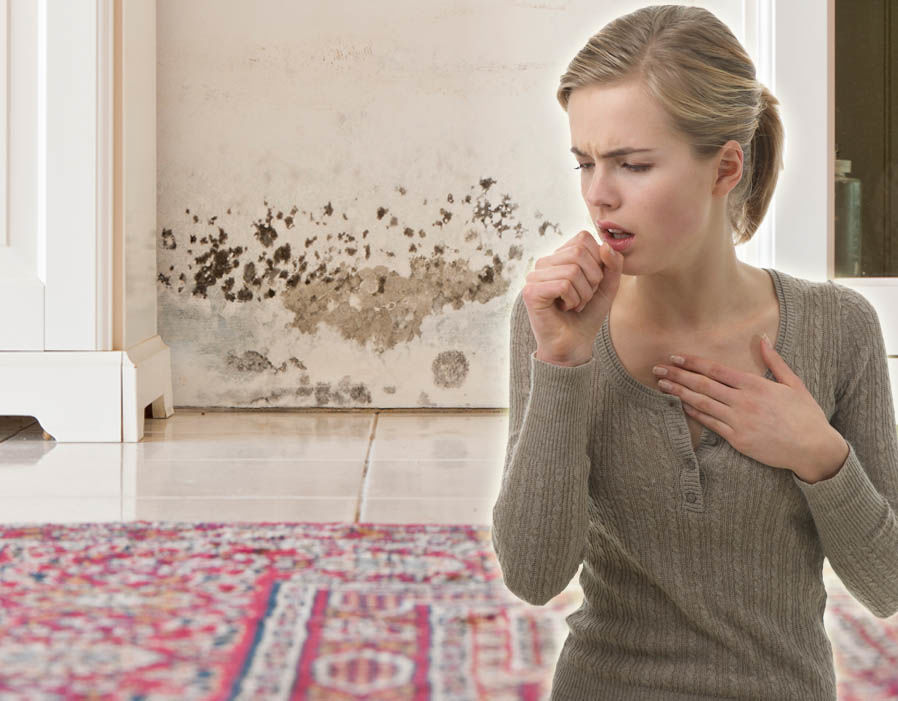
DO I HAVE CONDENSATION?
Condensation is generally noticeable when it forms on non-absorbent surfaces (i.e. windows or tiles) but it can form on any surface. You may not notice condensation until you can see mould growth or notice materials rotting. Any room in a house that is colder will act as a magnet for condensation.
The following symptoms suggest you have condensation:
- Steamed-up windows and puddles of water on the window sills
- Walls that are damp to touch
- Peeling wallpaper
- Black spots of mould on walls and ceilings – particularly common in bathrooms
- A musty smell
PROBLEMS WITH CONDENSATION
Condensation can lead to a whole range of damp and mould problems. Some of these cause cosmetic damage, some of these will incur financial costs and others can actually be harmful to the health of you and your family.
Condensation can lead to mould which in turn results in mould spores that easily become airborne. When inhaled, these microscopic spores can trigger a range of respiratory conditions such as asthma, dust allergies and hayfever.
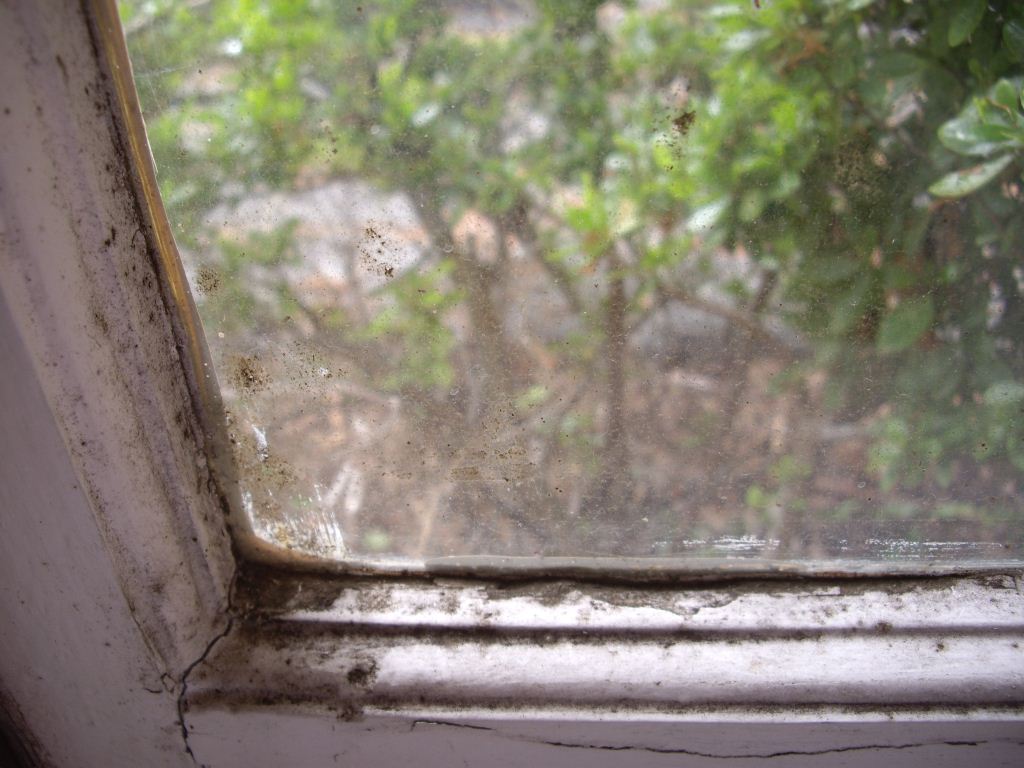
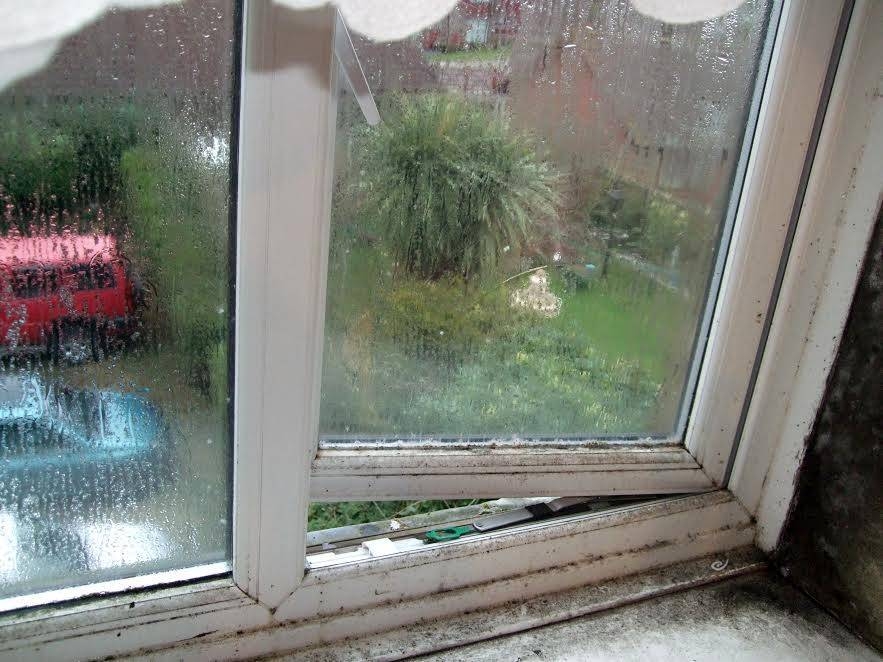
This is particularly harmful to young child and older people. Condensation is a problem when there is inadequate ventilation, which is also associated with headaches, tiredness, and dizziness, and in extreme cases carbon monoxide poisoning.
There are increasingly worrying reports about so-called Toxic House Syndrome, which is when a person’s health deteriorates due to the air quality in their homes. It is related to the large number of potentially harmful chemicals like carbon monoxide and dander in our homes that increase the risk of heart disease and cancer. Proper ventilation is the main way that exposure to these airborne pollutants can be dramatically reduced.
HOW DO I CONTROL CONDENSATION?
Condensation can be controlled through ventilation. There are a variety of different ventilation methods and systems that can focus on single rooms or be installed to ventilate whole homes.
Ventilation
You want to achieve these things with ventilation:
- No more condensation
- No more damp, stale air
- Clean, filtered fresh air
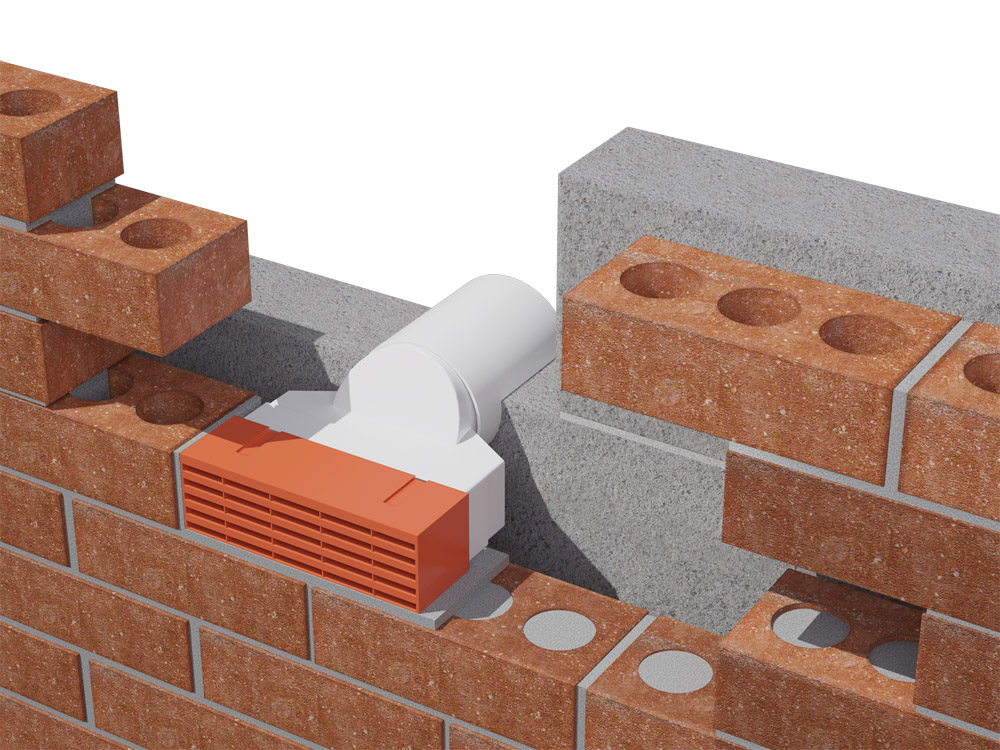
As a good starting point, it makes sense to open windows to allow cross ventilation and take measures to create less moisture. You can put lids on pans when cooking, add cold water before hot water when running a bath, dry clothes outdoors or in a room with a humidity controlled extractor fan, avoid drying damp clothes on warm radiators. You should also regulate heating so that is constantly on at a lower heat. By preventing rapid changes in the temperature, you will help reduce condensation.
Despite taking these initial steps, you are likely to find that condensation is still an issue, in particular in colder months. Correctly installed ventilation systems are the most effective way of stopping condensation. The issue of heat loss is one that is inherent with ventilation and must be addressed by the system. The common ventilation systems include passive ventilation systems, humidity controlled extractor fans, passive stack ventilation, and heat recovery units.
Next Post: Damp Courses in Older Properties
